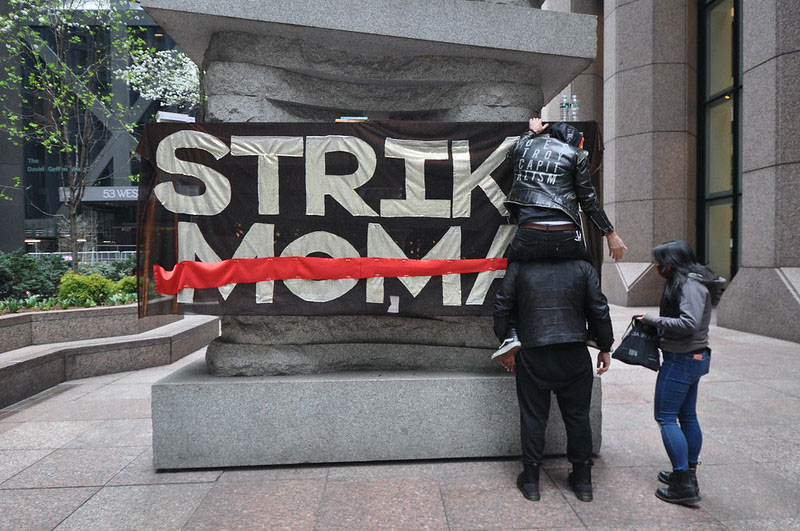February 3, 2010; U.S. Treasury Department [PDF] | How many times has the Nonprofit Quarterly—and its readers—said in no uncertain words that the Troubled Assets Relief Program (TARP) should not have been entirely devoted to the big banks and Wall Street firms? The Wall Street bailout failed, as Neil Barofsky, the TARP Inspector General, said the other day, “in many ways”, not the least of which is that the TARP-subsidized banks failed to restart their frozen lending pipelines. But some institutions—nonprofits without the benefit of a government bailout—did continue their lending, and surprisingly focused on the nation’s poorest inner city and rural communities. They’re called Community Development Financial Institutions, nonprofit lenders providing desperately needed reinvestment capital for community economic development. But even CDFI portfolios have absorbed increasing proportions of “at risk” loans in this troubled economy. The Obama Administration has figured this out. Today, Treasury Secretary Geithner announced a plan to invest repaid TARP funds in CDFIs at an initial dividend rate of 2 percent as opposed to the 5 percent rate of Treasury’s Capital Purchase Program. The dividend rate of those investments will increase to 9 percent after eight years compared to five years under the CPP. The TARP should have been split between the commercial banks and the nonprofit sector from the get-go. At least now a wider swath of tested and proven nonprofit lenders will have increased access to the nation’s bailout largesse.—Rick Cohen
Sign up for our free newsletters
Subscribe to NPQ's newsletters to have our top stories delivered directly to your inbox.
By signing up, you agree to our privacy policy and terms of use, and to receive messages from NPQ and our partners.












